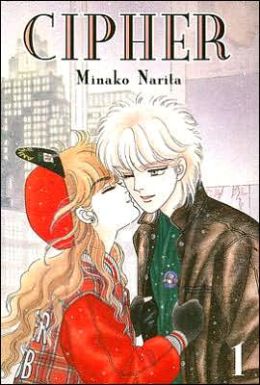 MICHELLE: Hello, and thanks for joining us for the second installment of The CMX Project, in which we turn our attention to Cipher! (Please kindly overlook the fact that this column was promised for February; life has a nasty habit of upending one’s plans.) This month we’ll also have a special guest, but before the big reveal, how about another of your fabulous summaries, Karen? (Since you did so well with
MICHELLE: Hello, and thanks for joining us for the second installment of The CMX Project, in which we turn our attention to Cipher! (Please kindly overlook the fact that this column was promised for February; life has a nasty habit of upending one’s plans.) This month we’ll also have a special guest, but before the big reveal, how about another of your fabulous summaries, Karen? (Since you did so well with
Land of the Blindfolded!)
KAREN: Goodness, Michelle, all that praise is going to go to my head!
This month we have Cipher, by Minako Narita. Published by Hakusensha, it ran in Lala and Lala DX in the early/mid-’80s. Narita began working in the ’70s, with an eight-volume series (Alien Street) coming before Cipher. She would later go on to do a sequel to Cipher, Alexandrite, and her current work is Hana Yori Mo Hana No Gotoku, coming out very slowly in the bimonthly magazine Melody.
Cipher is the story of Anise, a girl in high school in New York City in the 1980s, and how she pursues a friendship with former child star Siva, breaking through his cool detachment with the force of her personality. Through Siva, she meets his twin brother Cipher, and discovers a mystery surrounding the brothers—that they’ve been changing places with each other for years. Which one is which? And why do they do this? I feel as if I’m not crafting a summary that does the story justice; instead, I hope our conversation will unfold just like the story—there’s a lot of layers to peel back, but I found the effort to do so very worth it.
But before I start going on and on, Michelle, please tell us about our special guest this month!
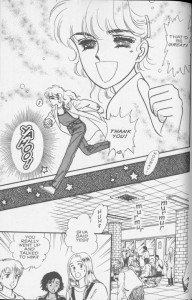 MICHELLE: Well, I have the good fortune to be Facebook friends with none other than Asako Suzuki, who was director of manga at CMX from 2006 until its untimely death! I shared our Land of the Blindfolded column with her, and when she mentioned that her favorite CMX series was Cipher, I invited her to join us!
MICHELLE: Well, I have the good fortune to be Facebook friends with none other than Asako Suzuki, who was director of manga at CMX from 2006 until its untimely death! I shared our Land of the Blindfolded column with her, and when she mentioned that her favorite CMX series was Cipher, I invited her to join us!
Welcome, Asako!
ASAKO: Hi Michelle and Karen! Thank you for having me, and thank you VERY much for this wonderful project remembering CMX! I am honored and excited to be with you today to talk about my favorite manga series, Cipher!
Cipher is a very special manga series to me, and I have lost count of how many times I read it. In fact, I have just read the entire series (of course in Japanese) not long ago.
MICHELLE: Can you tell us how Cipher came to be licensed and published by CMX?
ASAKO: Actually, I inherited Cipher with some other early acquisitions when I joined CMX. That being said, before I joined CMX, I assisted the acquisition team and made some suggestions. Cipher (and [a] few other titles that were eventually published) was one of the titles I recommended, but I didn’t know if DC Comics had acquired it or not until I started my position. When I saw it on our production schedule, I was very happy!
KAREN: Wow, Asako, that must have been a great surprise to come into CMX and see Cipher there!
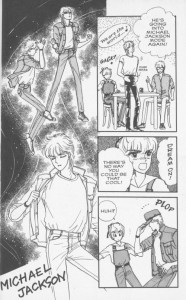 Now that I’m past the awesome summary-writing part, I can give my opinion—that I loved this title. I went in with preconceived notions—that this was That ’80s Manga. And while yes, it is very much set in the ’80s, it’s not done with artifice. It’s clear that Narita adored American pop culture—she even mentions doing a Thompson Twins doujinshi!—and it’s all done so lovingly. Real teens are a part of the music, movies, and current events, and it’s only in hindsight that the ’80s seem so cheesy. She also doesn’t gloss over some of the gritter aspects of the times—New York was still recovering from a terrible ’70s. Ironically, Cipher and Siva’s apartment is now in a very trendy area!
Now that I’m past the awesome summary-writing part, I can give my opinion—that I loved this title. I went in with preconceived notions—that this was That ’80s Manga. And while yes, it is very much set in the ’80s, it’s not done with artifice. It’s clear that Narita adored American pop culture—she even mentions doing a Thompson Twins doujinshi!—and it’s all done so lovingly. Real teens are a part of the music, movies, and current events, and it’s only in hindsight that the ’80s seem so cheesy. She also doesn’t gloss over some of the gritter aspects of the times—New York was still recovering from a terrible ’70s. Ironically, Cipher and Siva’s apartment is now in a very trendy area!
What surprised me was how the story was very much a coming of age tale—and not just for the heroine, Anise, but for the boys as well. At times, especially in the second half, she’s much more in the background, but her role seemed to be as much as a catalyst to make the bigger, darker story of the twins happen. Anise is still very childish at 16—there’s the very funny part where it’s pointed out that she really, really needs to start wearing a bra—despite her maturity and insight in some areas, she’s having a hard time seeing herself as growing up.
And then we have our former-child-star twins, Siva and Cipher (whose real names are Jake and Roy, respectively). Michelle and Asako, what’s your take on them? And do you still love the ’80s?
MICHELLE: Similar to Land of the Blindfolded, this is another case where focus drifts from the heroine and onto the two boys in her life, who each have past trauma to deal with. Anise isn’t as perpetually sunny as Kanade, but she’s still much less interesting than the twins. Or, rather, I felt like Narita-sensei was less interested in exploring her as a character. It was especially odd to me that we never learn what her focus is at the performing arts school! She narrates in volume one that “lots of people come to this school hoping to become painters, dancers, musicians, or actors.” So, which is Anise? What is her ambition for being there? As someone who actually attended a performing arts school, your “major” was vitally important.
So, that said, I feel a little grumpy that the boys got so much more love, but can’t deny that they’re pretty fascinating. I especially like when the story begins to focus more on Siva and we see events from his perspective that we later see again from Cipher’s perspective. Siva felt that Cipher’s openness made him more easy for his parents to love, while Cipher felt that Jake’s reliability made his own behavior seem childish in comparison. I also really liked how the friends they make while they’re apart affect them.
ASAKO: I am a huge fan of Anise; she was my hero! The reason why I wanted to come to the United States was because I wanted to be like, and live like her. To me, Anise was more realistic and easy to relate to compared to other manga protagonists, thanks to Narita-sensei’s amazing psychological descriptions throughout the series.
Narita-sensei is an amazing writer; I can easily tell how much she loved her characters, and she treated each differently. The way she shifted focus from one character to another was just incredible. I actually had a deep conversation with one of the manga editors in Japan (can’t say who!) about Cipher and how talented Narita-sensei is!
See, Narita-sensei introduced Cipher and Siva to us through the eyes of Anise and once we got to know the twins better with Anise, we were able to learn more about them individually through the twins’ perspectives. If Anise stayed as the center of the story the whole time, the story would have been shallow. With appearance of Dana, the focus was subtly shifted to Jake, and we got to know the secret of the twins and why Jake was protective yet envious of Roy. Then we learn more about Roy in LA… I really enjoyed the multi-dimensional story telling.
Speaking of details, have you noticed of the characters’ mix-and-match wardrobes? That’s amazing!
Also, there is something I have always wanted to know and never understood… can I ask you both a question? When you say “manga from the ’80s,” what does that mean? How do you distinguish the manga from the ’80s from the recent ones and why would you get less excited about manga from the era? That always puzzled me…
KAREN: Michelle—I wondered that too! I was really hoping she would have some great talent that drove her to commute all the way in from Queens!
I missed Anise during the second half of the series when the twins separated. She was still there, but the second half was really about the twins apart, and each making friends on their own, without having the other to hide behind. I don’t understand why some places categorize this as a shounen-ai title, the only love is friendship and the twin’s kissy-kissy… is anything but that.
There’s a lot of subtle tonal shifts in the story—the Dana storyline being one of them—a beautiful, talented young girl on the verge of falling in love and being loved is tragically, suddenly killed, and it has a way of breaking apart the entire premise of the story. The twins don’t just grow apart, they fly apart—Roy quite literally to the West Coast, leaving Anise behind. The ruse of one twin playing another will never work again, so they had to be apart, and make friends on their own terms, and the switching between coasts feels like two different stories but… they mirror each other, like Cipher and Siva did. Alexandra and Hal are different people, but they carry their own insecurities and pasts into their friendships—friendships they needed as badly as Jake and Roy did.
I didn’t notice the wardrobes, except that I loved how detailed they were. Narita-sensei must have been importing magazines! It stuns me about the accuracy of the details—reading this series sent me into a flurry of research (yes, with the extensive use of Google Maps) and it’s amazing that she did this in the pre-internet era—unless she was here herself? Asako, do you know any of that background? She did three series set in the US so it really seems she had a feel for the place.
To answer your question, Asako, and “’80s manga” generally means the style of art that I think is viewed as rather old-fashioned—not as extreme as ’70s manga, but it still looks “dated.” However, Narita-sensei’s art doesn’t suffer as much in comparison, and I think the rep that this title has for being an ’80s manga has is because it’s set in the 1980s, and references to George Michael and Hall and Oates are funny to a modern reader who looks at it all through a lens of nostalgia. I personally adore older manga, and wish there was more of it, but sadly publishers have said it doesn’t sell—that’s one thing I loved about CMX was that they brought out Swan and Cipher.
Speaking of art, I found it very well done, and I really want to hunt down one of those out-of-print artbooks now!
MICHELLE: I think there’s a general sense of affectionate amusement about most things coming out of ’80s culture, really. I love ’80s manga, personally, but yes, I did find it pretty funny when a dancing Cipher is deemed to be as cool as Michael Jackson, or when Narita-sensei professes in the comments, “The source of my strength, just like always, has been The Thompson Twins.”
Asako, you make a great point about Narita’s layered storytelling. I didn’t think of it like that—introducing us to the twins first through Anise’s eyes, then widening the story’s scope with a purposeful sequences of events. I really loved each brother’s relationship with his newfound friend. We learn that Roy felt that he behaved childishly in his past, and so perhaps he had tried to grow up too fast and hadn’t enjoyed some of the simpler pleasures that Hal makes it his mission to introduce him to. Jake felt he always had to be the reliable one—in fact, he wanted to be needed—but then he makes friends with Levine (aka Alex, Alexandra), who is sensitive but also resilient and tough.
When Jake first meets Levine, he can’t bear to think of Roy and Dana at all, but gradually he allows himself to think about them, and then to talk about them. When one of Dana’s relatives has a baby and names it after her, Jake instantly adores the girl, and ends up breaking down a barrier with his mother for her sake. It all seems to happen very naturally. Too, I love that when everyone meets up again at the end, Hal and Levine are completely baffled that anyone could’ve ever mistaken one twin for the other.
And I, too, appreciated the details that Narita-sensei got right. I was delighted to note that, in one scene, characters are eating an Old El Paso dinner kit of some sort.
ASAKO: In the first volume of the Tankobon edition, Narita-sensei talks about her trip to NYC, and she shares some pictures that she took during the trip. It sounds like she toured different neighborhoods to choose the neighborhood where twins and Anise should live. I thought it [was] funny but I was impressed at the same time that Narita-sensei even took pictures of TV commercials she watched in her hotel room. (Did you notice Cipher was watching a Betty Crocker’s new cake mix commercial?!) Very detailed artist.
Ah, thank you for explaining about the ’80s manga. To be honest, I have never thought of manga [as] “dated.” Well, in retrospect, I did notice different printing/layout techniques and art style. Maybe I am more comfortable with the ’80s manga because that’s what I grew up reading. Haha.
Back to Cipher, may I ask who is your favorite character(s) and why? I’m curious.
KAREN:That’s great to know some of the background of the creation! I think we’re all so spoiled with just being able to Google everything that people forget how hard it was to do research on such mundane topics—like cake commercials—in those days.
Asako, since you’ve had the advantage of seeing the Japanese versions, I had two questions—what is volume 12 of Cipher about? I’ve seen it listed on information sites and on Amazon.jp—is it side stories or does it add something? Also, have you read the Alexandrite sequel series—how is it in relation to Cipher?
My favorite character in Anise. She’s the entry to the world, and even when she’s in the background, she plays an important role. For all of the ways that she seems a little less mature, she shows such kindness and understanding, and that’s what breaks the shell around the twins. She can tell them apart at the end of the “challenge” but chooses not to—but she’s already opened up their world. I like her spirit, and watching her mature through the course of the series. It may not be as dramatic as what happens to Roy and Jake, but she becomes an important part to helping Jake discover his new life and gives Roy the space he needs until a reconciliation can happen.
I also like Hal—he’s so goofy at first but turns out to be so endearing.
MICHELLE: I really like Hal, too, but I’d have to say my favorite is Siva. I like his complexity in that he’s the reliable one who is secretly dependent upon being depended upon, and I like how experiencing love (for both Danas, the original and her namesake) frees him to become his own person and to begin to understand the pain of others.
ASAKO: To be honest with you, I don’t remember what was in the twelfth volume. As soon as the bunko edition came out, I gave my tanko edition to my best friend (here in the US). That was long, long time ago. I vaguely remember it was about Levine, but I am not entirely sure. I’m sorry!
Dealing with the difference between tanko edition and bunko edition was a challenge for CMX. We had to make the English edition of the original tanko edition off of the bunko edition—does that make sense?? (:D). The pagination and proportion differences required a lot of effort on our end, and what’s more, cover materials were provided in transparencies (positive films), so they had to be scanned, cleaned and color corrected before we could use on the covers. It happened many times for other CMX books, too, but some of the cover images were not available from the licensor, so we had to scan art books or whatever the resources we could find (and of course, with Licensor permission and extensive approval process) to come up with something.
KAREN: That’s great information, Asako—but I think CMX did a great job, the covers especially were very pretty. Other companies seemed to have problems reformatting the Hakusensha-style “box on the cover” design to something that works in the American market, but this was very well done. Speaking of artbooks, I’m going to have to chase down that out-of-print artbook that came out way back when.
Cipher is thankfully one of those titles that’s easy to collect—it’s all out-of-print, of course, but most volumes go for well below cover, and a couple of others are above cover but nothing crazy—it’s an easy one to collect, so that shouldn’t be a deterrent to hunting down and enjoying this title. Yeah, it’s set in the ’80s, but there’s so much more to it than that.
MICHELLE: We hope we’ve inspired you to check it out, and would also like to extend our very sincere thanks to Asako Suzuki for joining us for this conversation!
ASAKO: Thank you for having me! Looking forward to more CMX reviews in the future!
MICHELLE: You’re in luck, because Oyayubihime Infinity is up next!

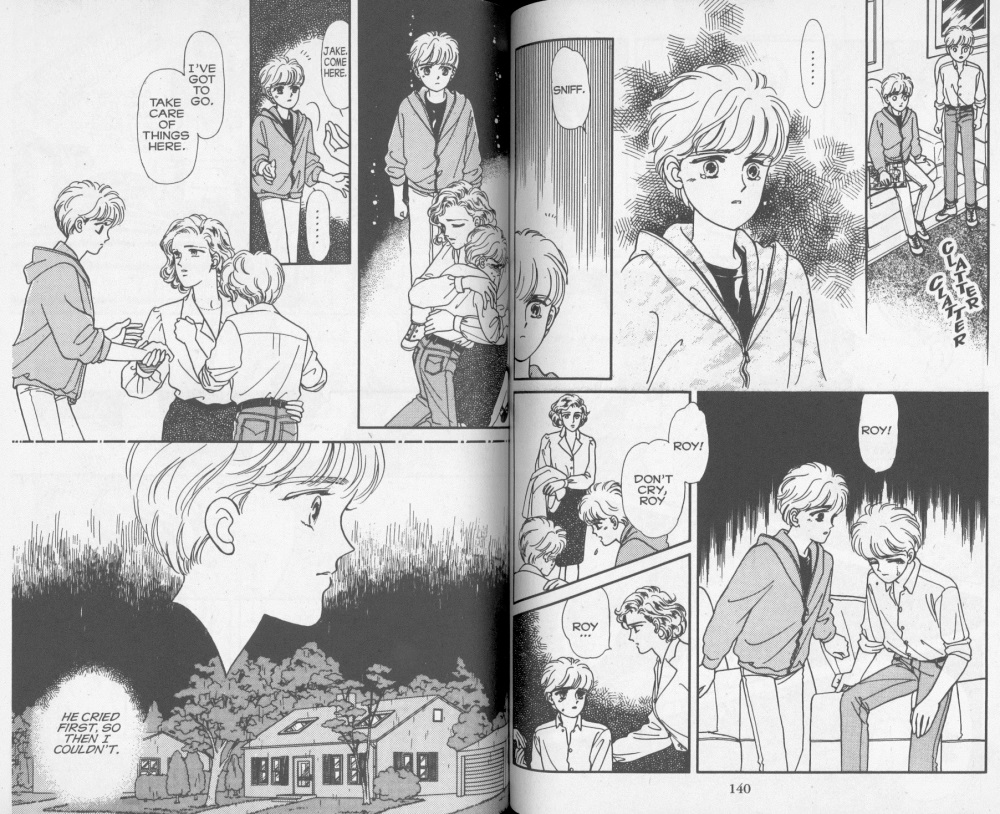
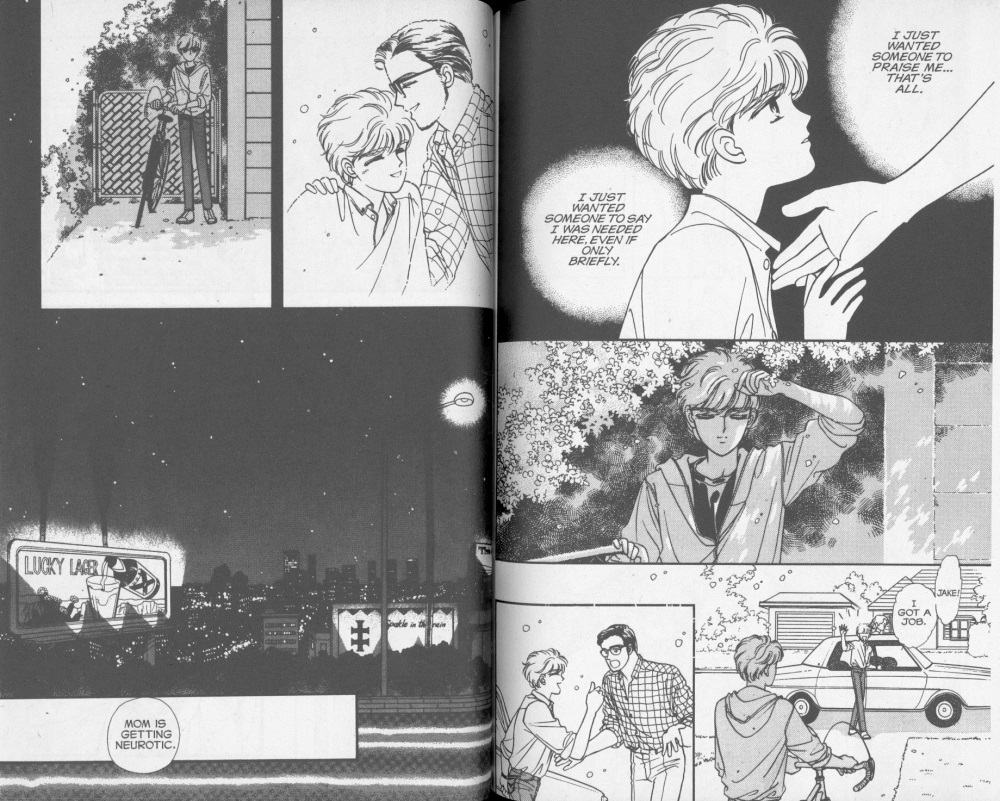
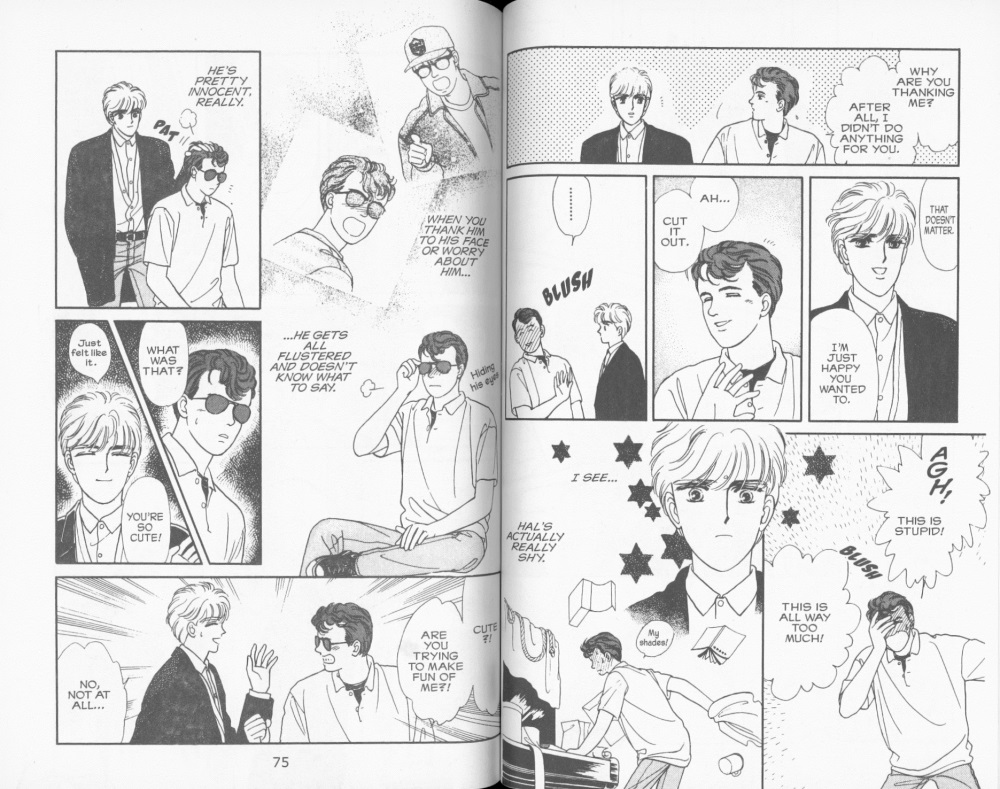
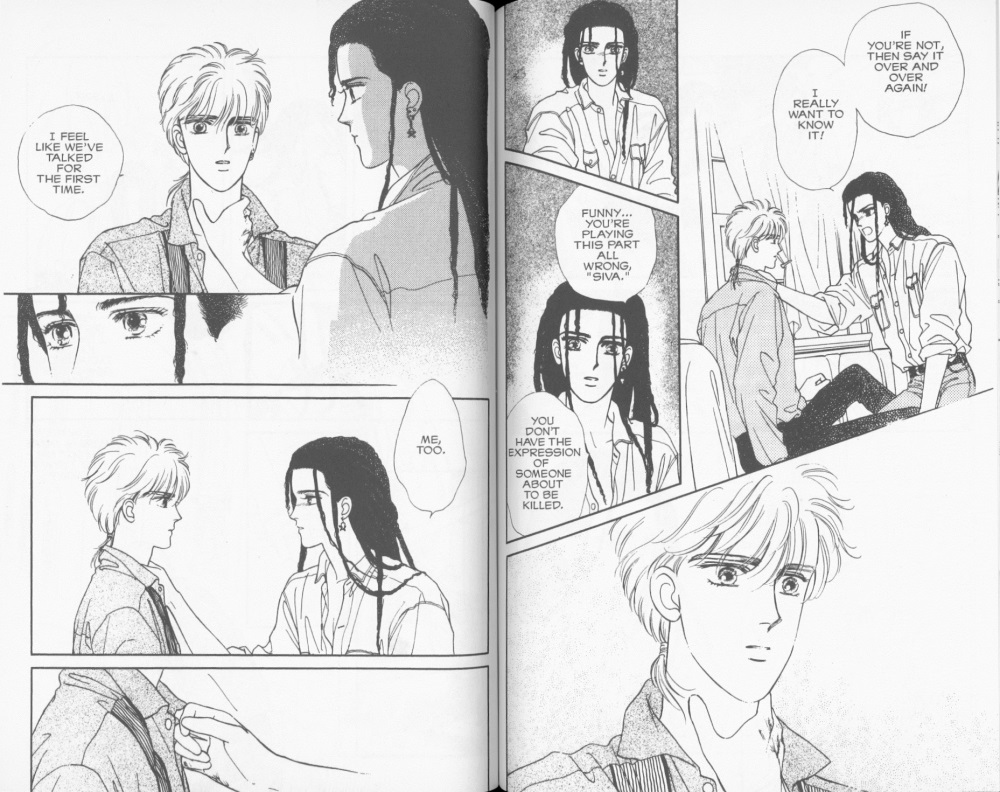
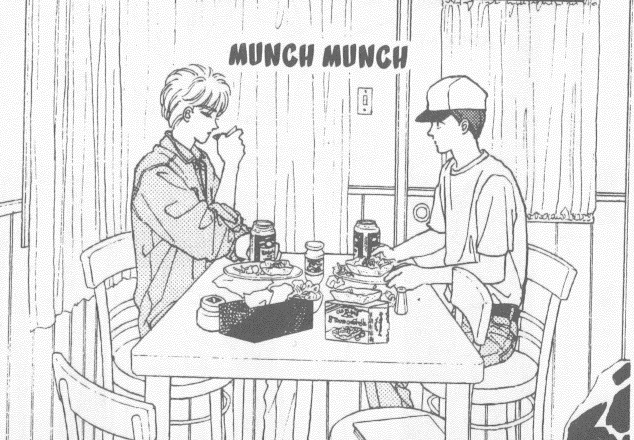
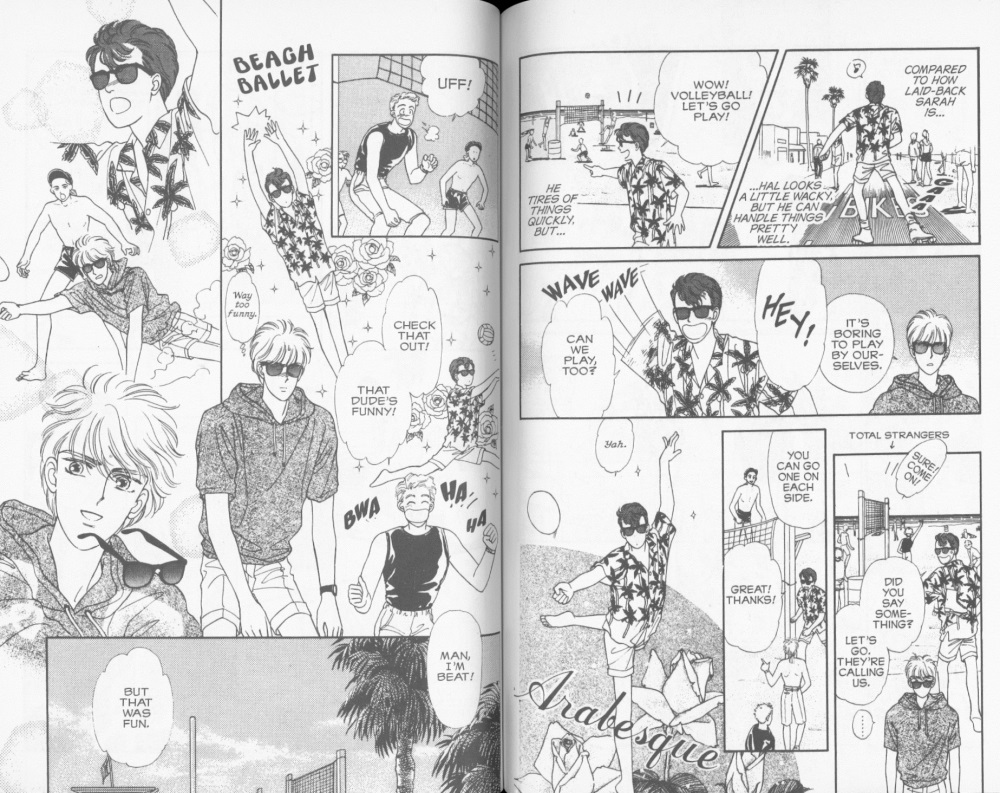
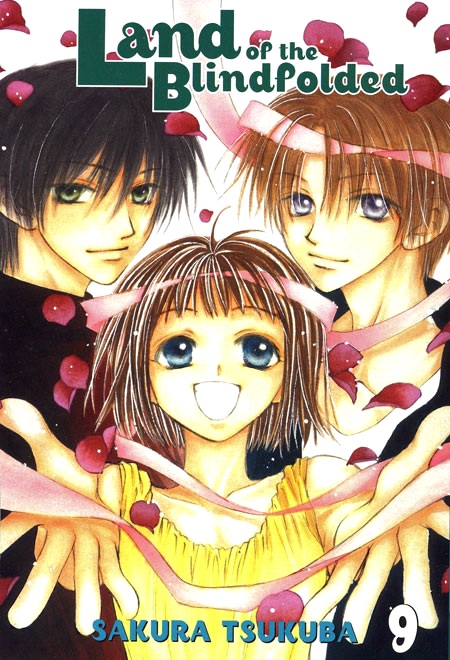
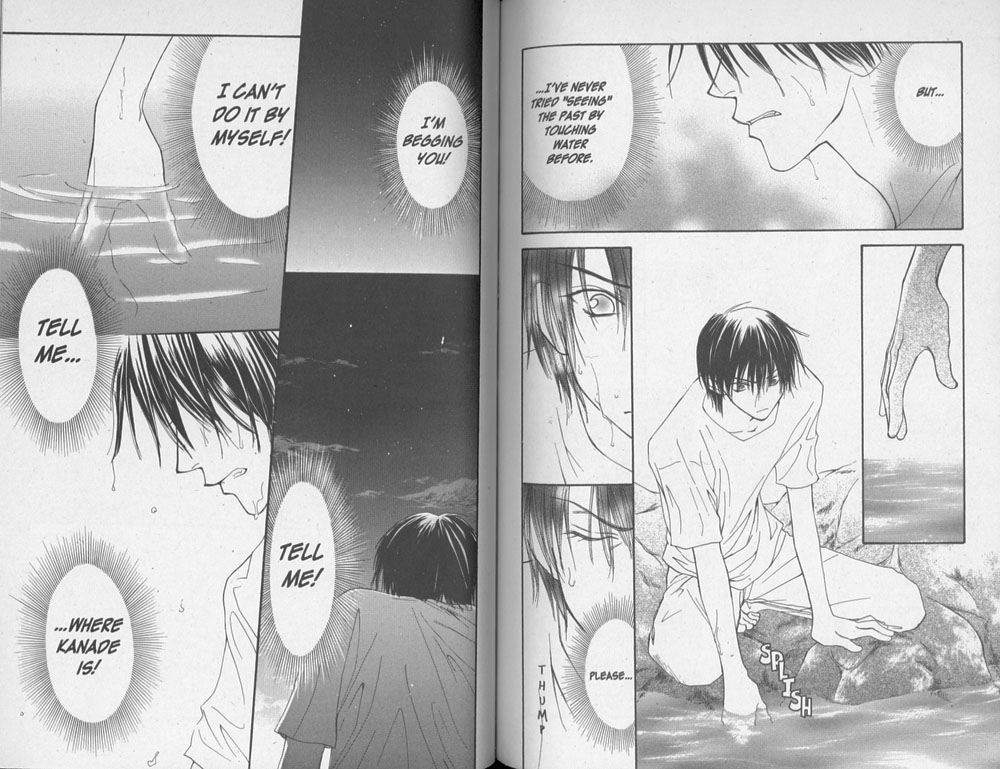
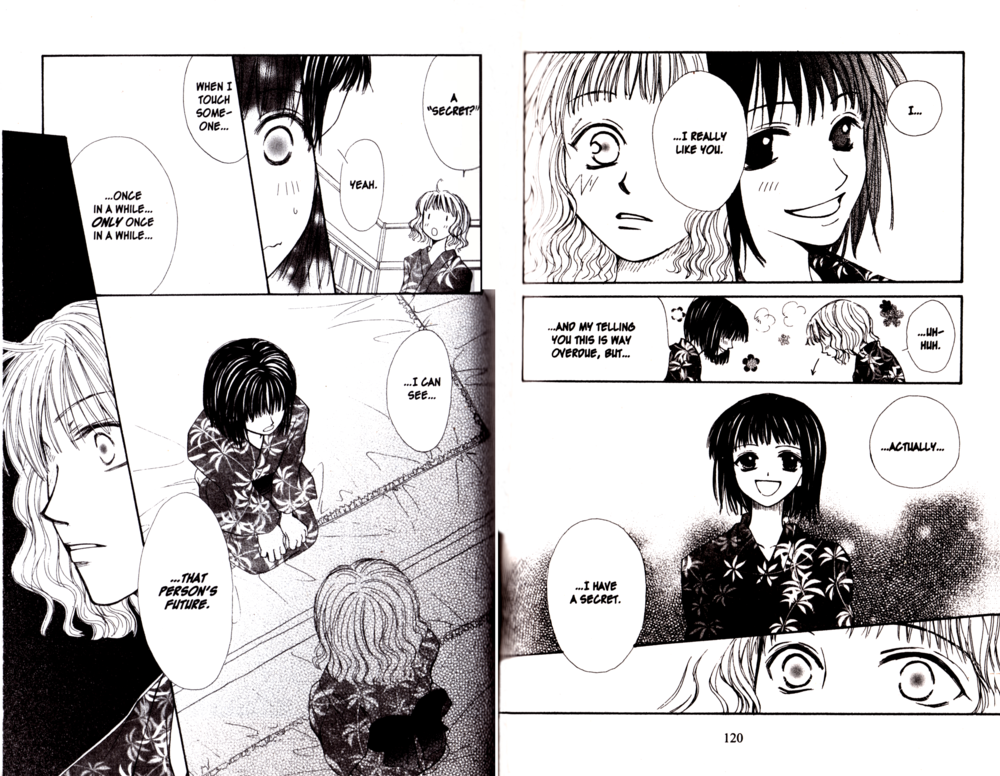

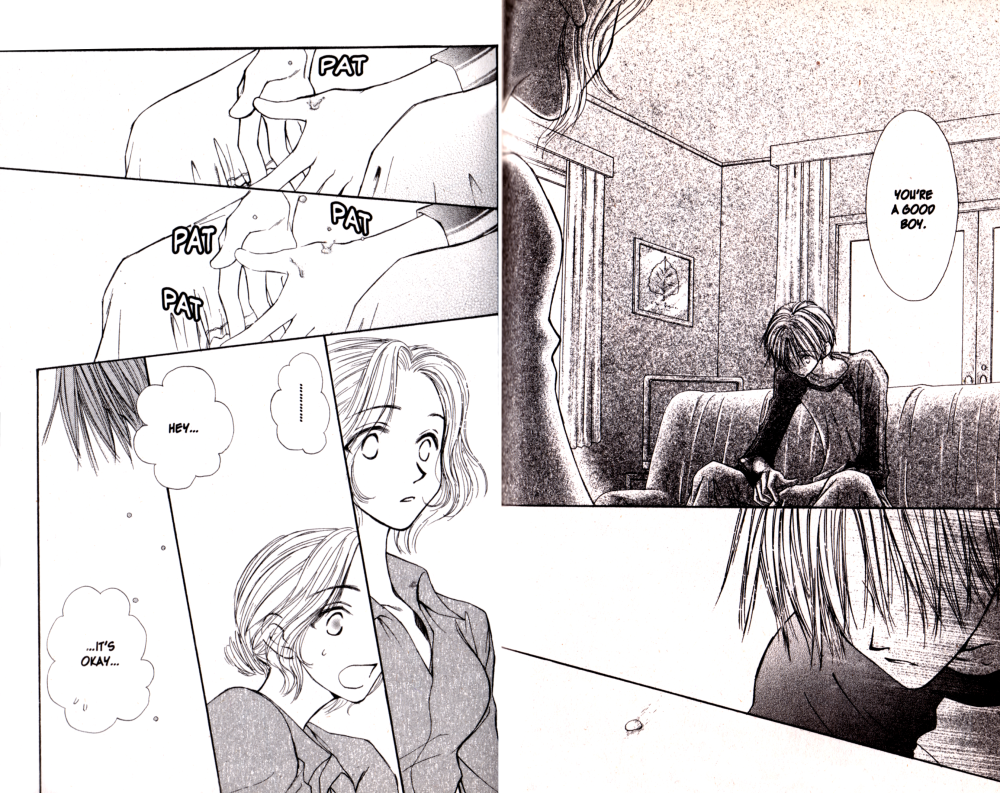
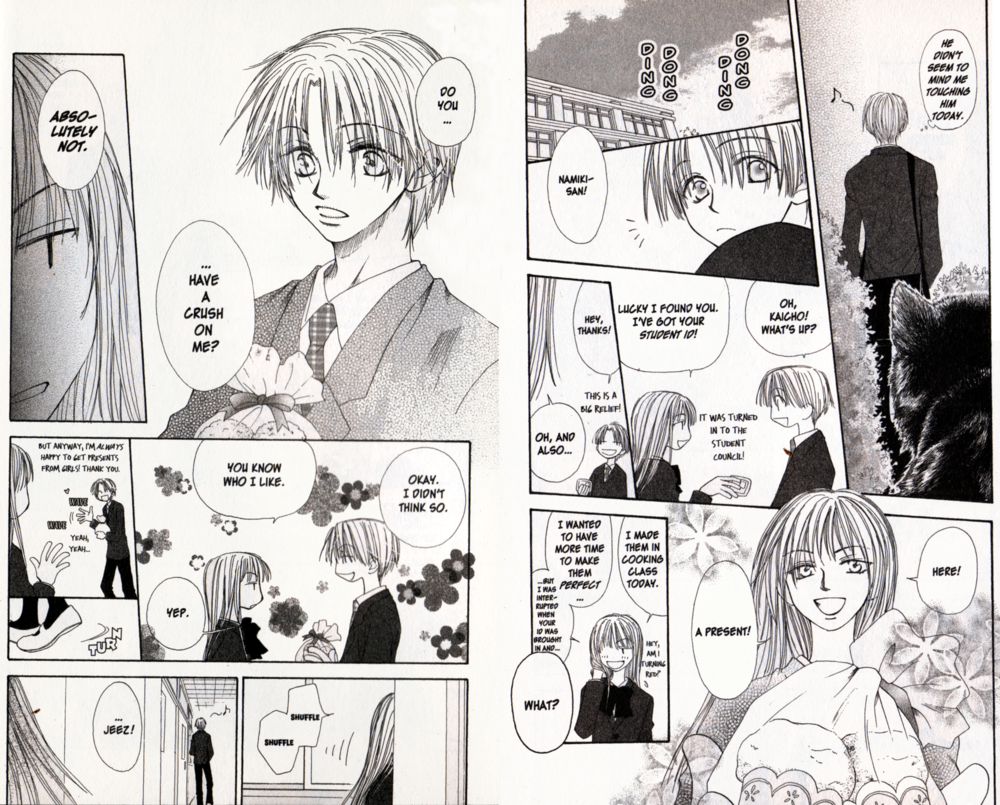
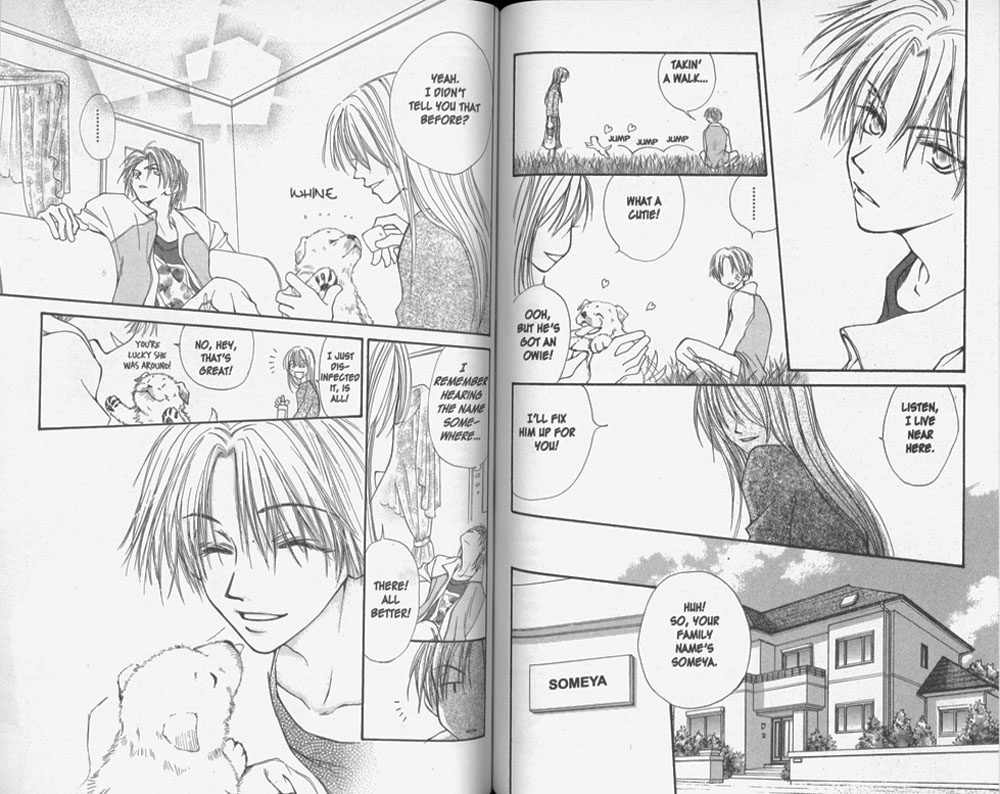





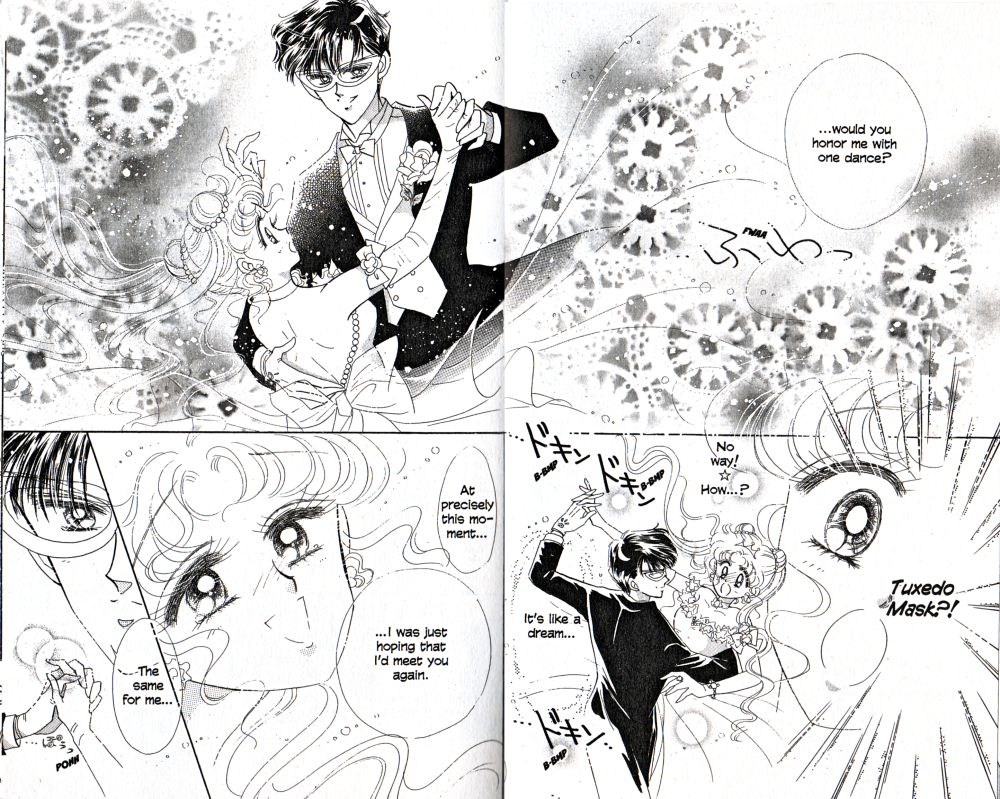
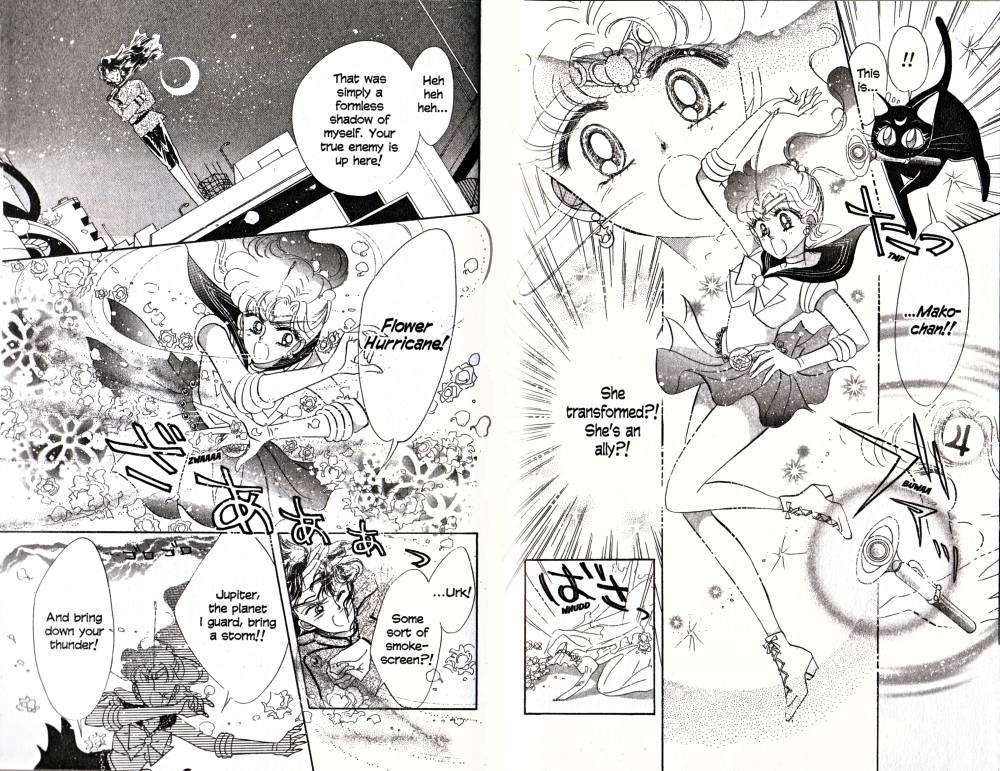
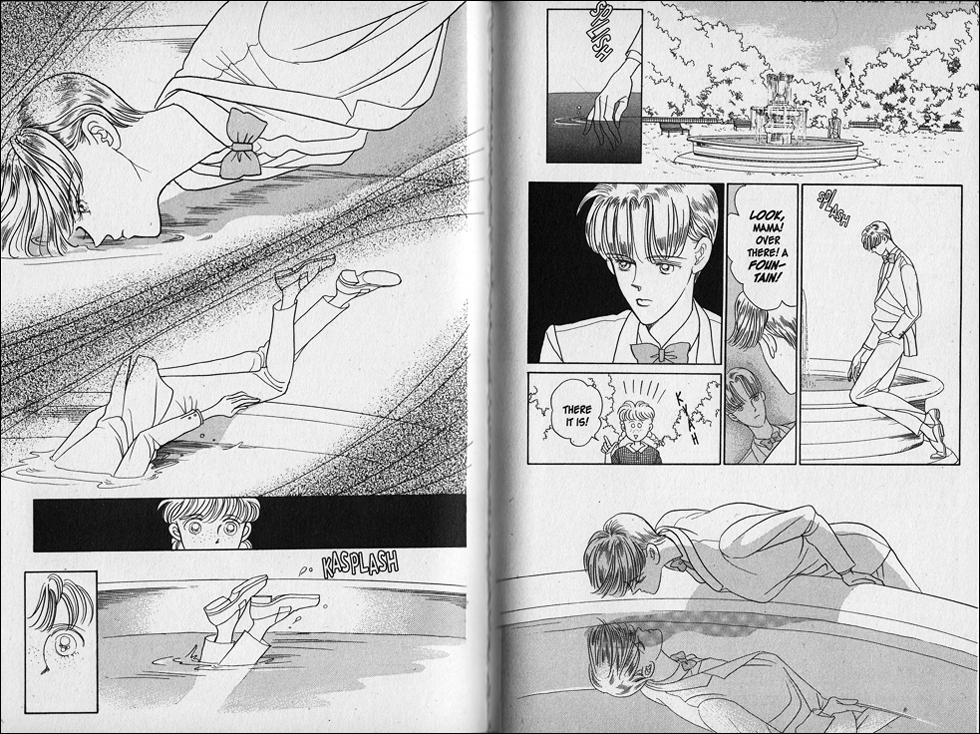
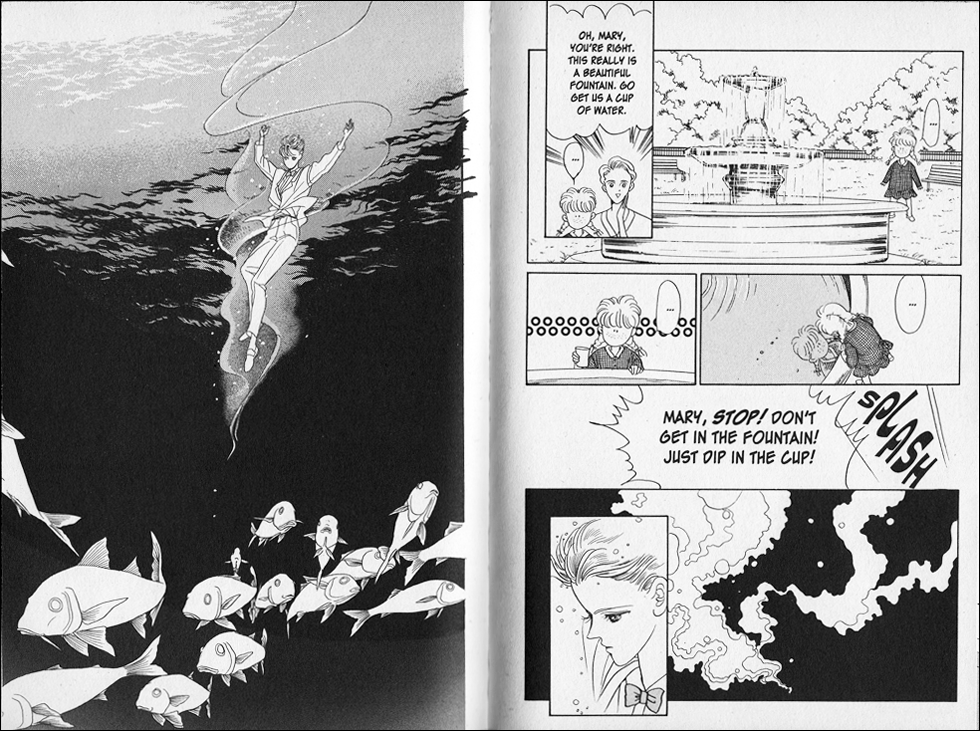
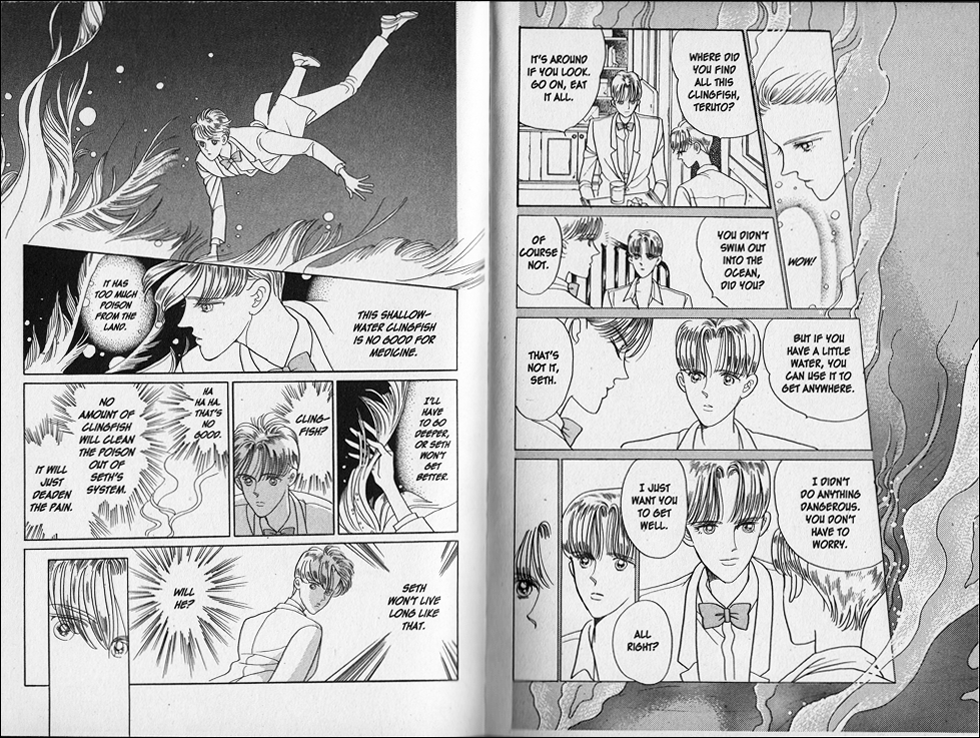












Recent Comments